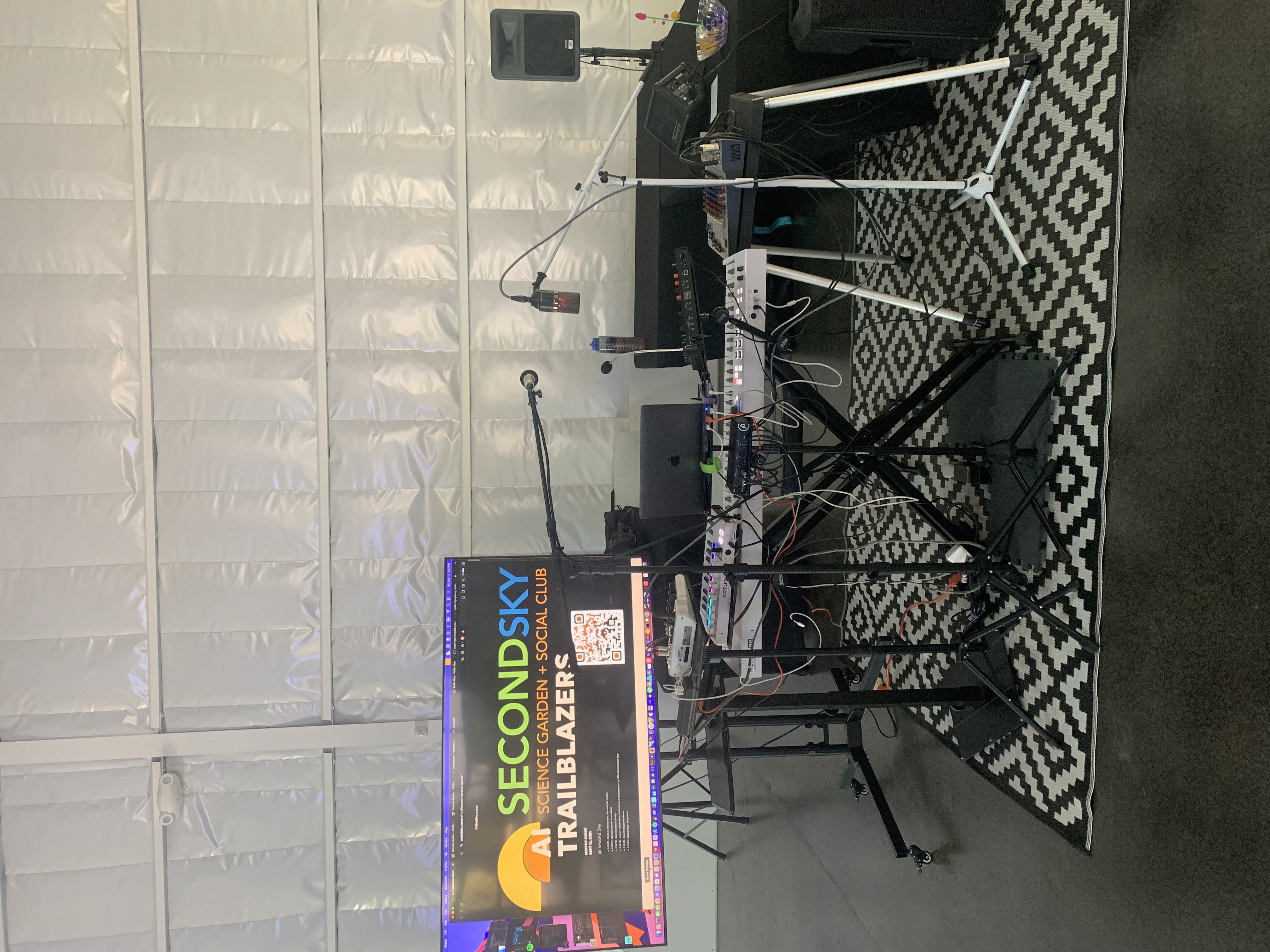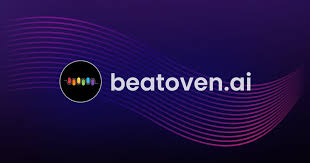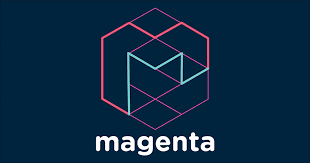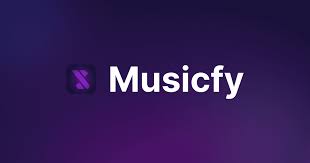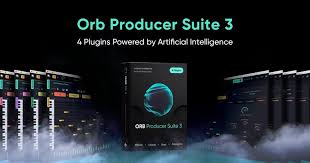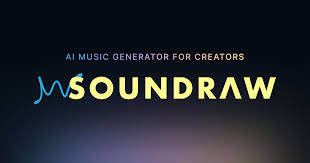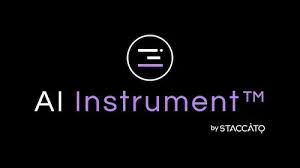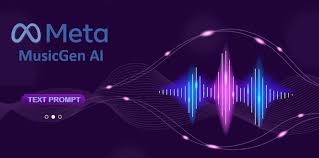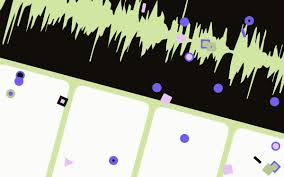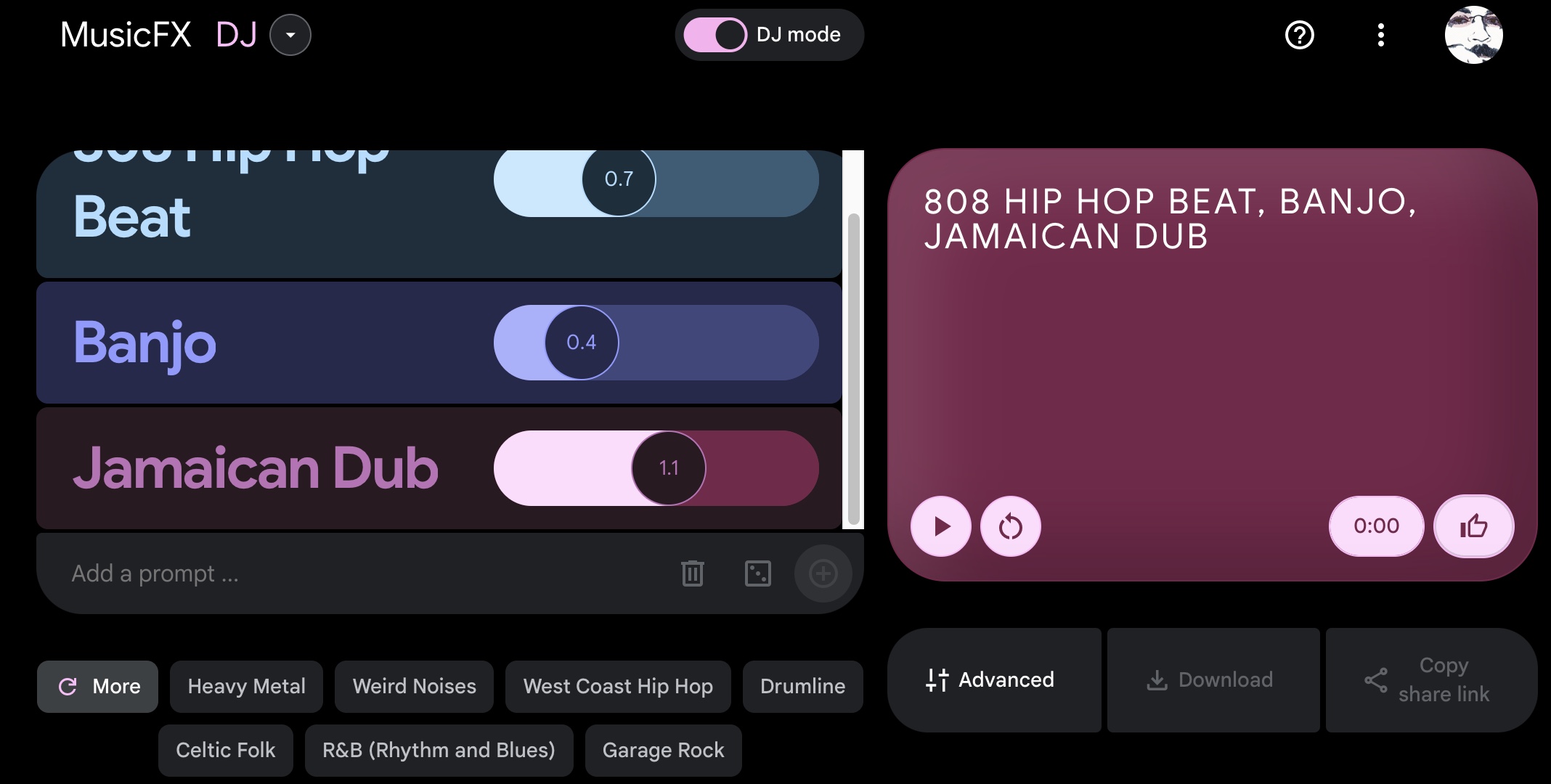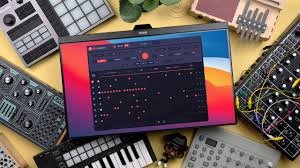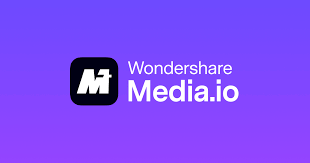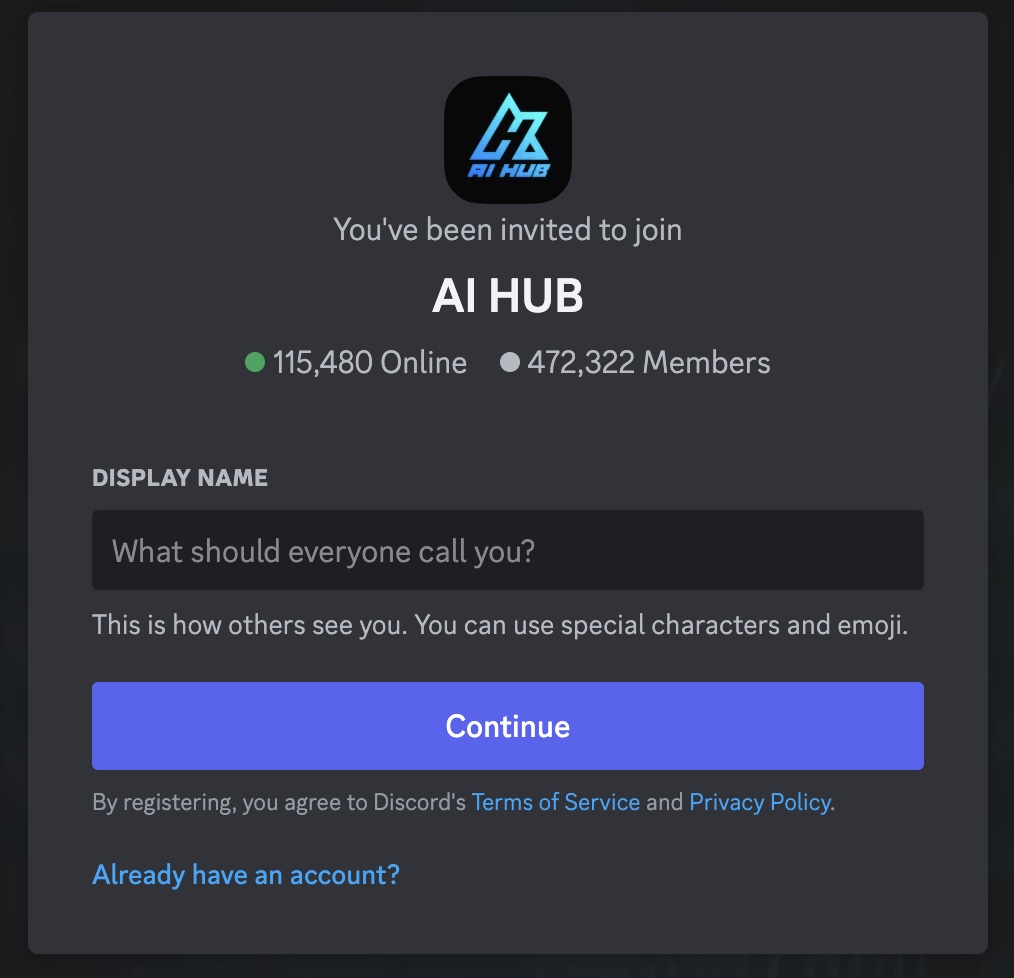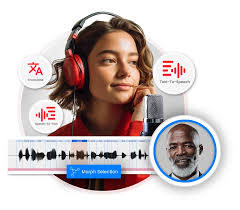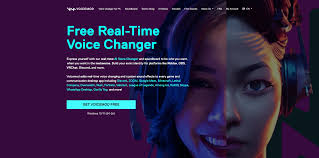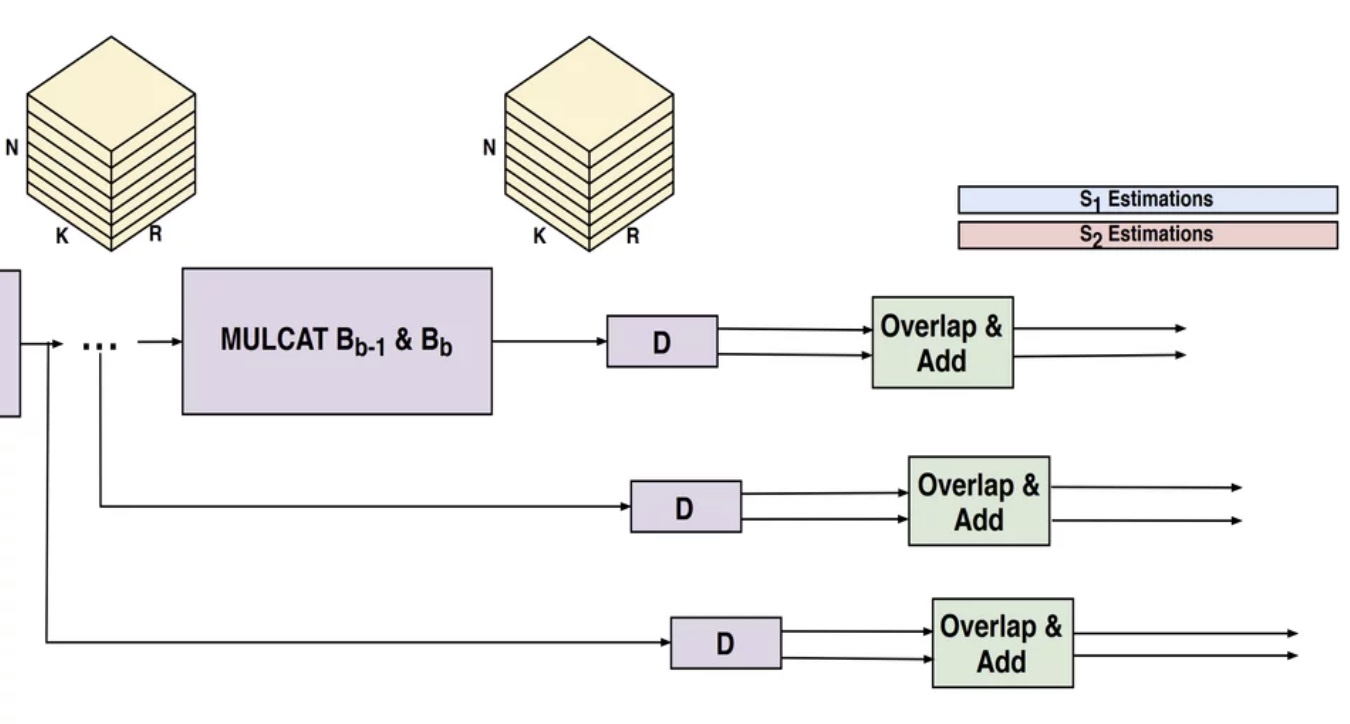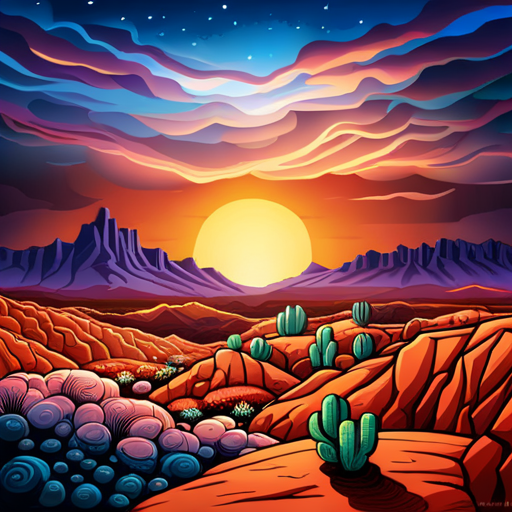Food, Fungi, and the Forest Meetup at Second Sky
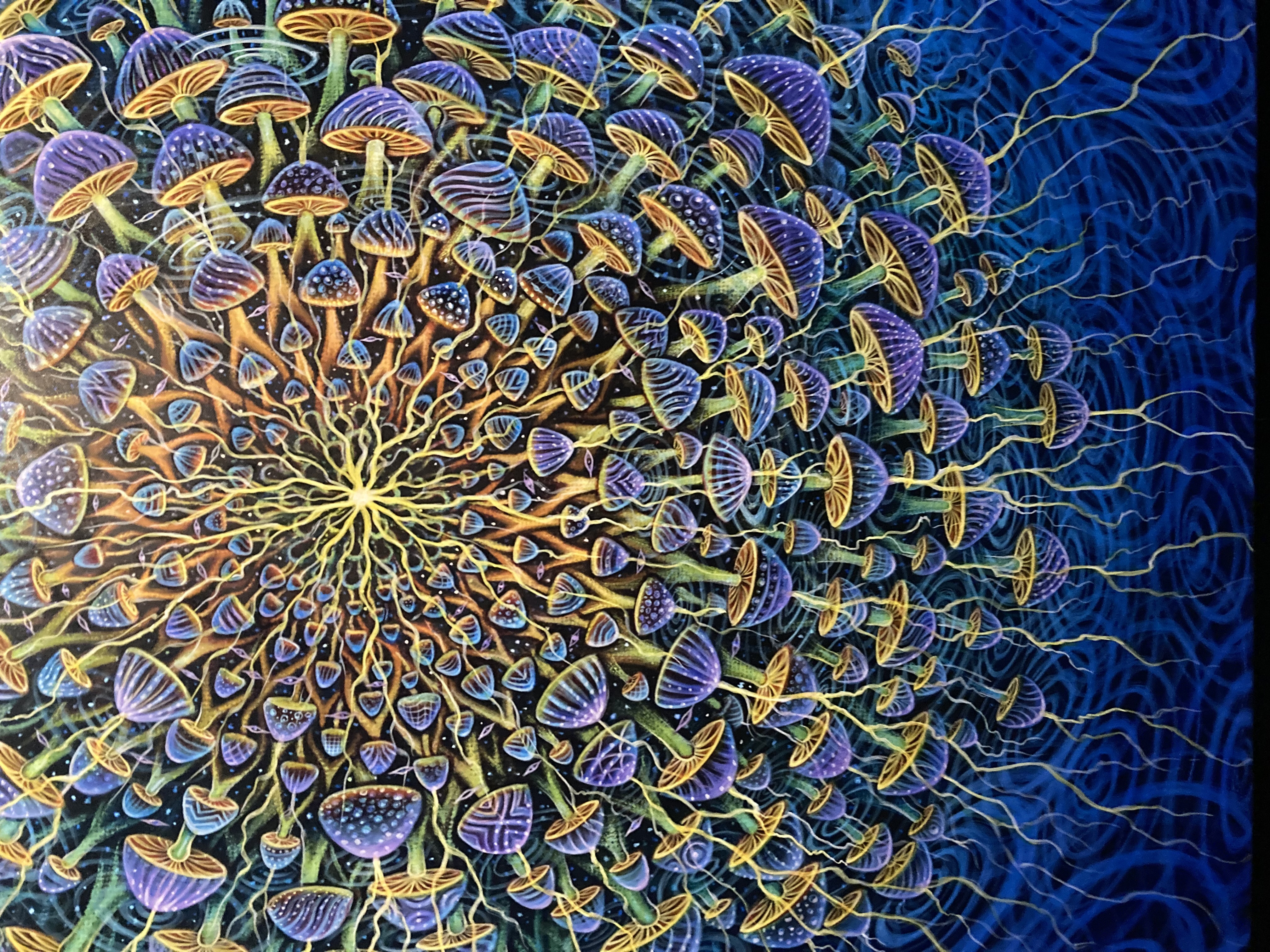
🌿🍄 Fungus Among Us:
Sustainability & Climate Resilience:
Building a Fungi-Forward Future
The incredible world of fungi offers community-based, fungi-informed strategies for a more livable world. Beyond their ecological roles, we're seeing an explosion of innovation where fungi are directly benefiting human health, driving sustainable industries, and even contributing to mental well-being.
How Can Mushroom Cultivation Play a Role in Waste Reduction, Soil Health, and Permaculture?
Mushroom cultivation stands at the forefront of circular economy principles. Fungi excel at breaking down complex organic matter, making them prime candidates for waste reduction. Instead of sending agricultural byproducts like spent coffee grounds, sawdust, straw, or even cardboard to landfills, we can inoculate them with mushroom spawn. This process transforms what was once waste into valuable resources: delicious and nutritious edible mushrooms, and a nutrient-rich byproduct called spent mushroom substrate (SMS). This SMS is a fantastic soil amendment, improving soil structure, enhancing water retention, and boosting microbial life, directly supporting regenerative agriculture.
Beyond everyday waste, fungi are powerful agents of mycoremediation, a natural and sustainable approach to detoxifying environmental pollutants. Recent research highlights their ability to break down complex hydrocarbons in oil spills. For example, studies have shown that Pleurotus ostreatus (oyster mushrooms) can significantly reduce oil contamination in soil, even in challenging estuarine environments, making it possible for other life to return (Harms et al., 2011; Environmental Toxicology and Chemistry, 2025).
There are even innovations like "MycoBooms" – biodegradable floating hemp bags inoculated with mycelium – being explored to absorb and contain oil slicks, demonstrating fungi's potential for large-scale environmental clean-up.
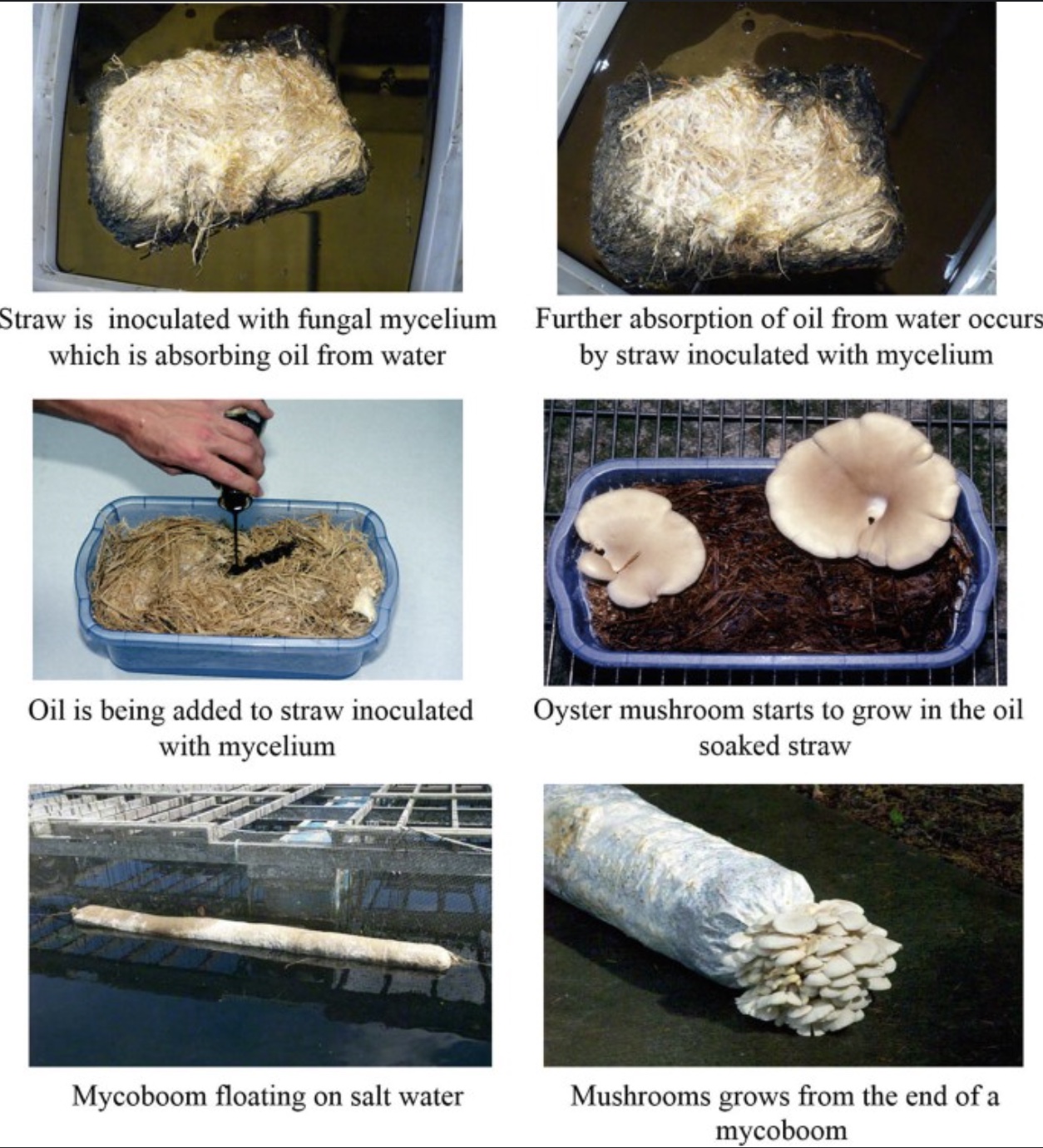
Takeaway: Cultivating mushrooms is a tangible way to practice waste reduction and enhance soil vitality. It's a closed-loop system that creates food while healing the earth. Consider starting a small grow kit at home or contributing your organic waste to local mushroom farms or community composting initiatives.
📚 References:
- Harms, H., Schlosser, D., & Wick, L. Y. (2011). Untapped potential: exploiting fungi in bioremediation of hazardous chemicals. Nature Reviews Microbiology, 9(3), 177–192.
- Environmental Toxicology and Chemistry. (2025). Mycoremediation of Louisiana sweet crude oil with Pleurotus ostreatus and nutrient amendments. Academic.oup.com. Retrieved from https://academic.oup.com/etc/advance-article/doi/10.1093/etojnl/vgae078/7942979
- Stamets, P. (2005). Mycelium Running: How Mushrooms Can Help Save the World. Ten Speed Press.
Exploring Climate-Smart Food Systems, Water Stewardship, and Regenerative Agriculture Practices.
Mushrooms are integral to building resilient, climate-smart food systems. Their minimal water requirements and adaptability to vertical farming make them an incredibly efficient food source, especially relevant in water-stressed regions. They require no synthetic fertilizers, aligning perfectly with organic and regenerative farming principles that prioritize soil health and biodiversity.
In terms of water stewardship, mycelial networks act as natural sponges, retaining moisture in the soil, preventing erosion, and improving water infiltration. This is crucial for landscapes facing increased drought and extreme weather events.
The vast underground fungal networks, often referred to as the "Wood Wide Web," facilitate nutrient and water exchange between plants, making entire ecosystems more resilient to climate stressors (Sustainability-Directory, 2025). By improving overall plant health, these fungal alliances indirectly bolster an ecosystem's resistance to climate change impacts.
Beyond food, the innovations powered by fungi are astounding. Mycelium is now being engineered into sustainable alternatives for traditional, resource-intensive materials. We're seeing mycelium-based fashion, with companies developing leather alternatives that offer a significantly lower carbon footprint than animal leather (World Economic Forum, 2020; Fashion for Good, 2024).
In building materials, mycelium composites are being used to create biodegradable packaging, insulation, and even "biobricks" that are strong, lightweight, and compostable, drastically reducing the environmental impact of construction (Linknovate, 2024; World Economic Forum, 2020). These innovations exemplify how fungi can drive a more circular economy, reducing waste and reliance on fossil fuel-based products across various industries.
Takeaway: Supporting mushroom cultivation and researching mycelium-based materials is a powerful step towards a more sustainable and climate-resilient future. Every choice to support these innovations contributes to a healthier planet.
📚 References:
- https://www.google.com/search?q=Climate.sustainability-directory.com. (2025). What Role Do Fungi Play in Climate Resilience? Retrieved from https://climate.sustainability-directory.com/question/what-role-do-fungi-play-in-climate-resilience/
- Linknovate Stories. (2024). Mycelium: New materials and applications. Retrieved from https://blog.linknovate.com/mycelium-new-materials-and-applications/
- World Economic Forum. (2020). Why mushroom mycelium could be your next house, handbag, or 'hamburger'. Retrieved from https://www.weforum.org/stories/2020/12/mycelium-mushroom-sustainable-packaging-fashion-meat/
- Fashion for Good. (2024). Meet the Innovator: Ecovative. Retrieved from https://www.fashionforgood.com/our_news/meet-the-innovator-ecovative/

Hear About Local and Global Efforts That Center Indigenous Knowledge and Land-Based Wisdom.
The deep connection between humans and fungi has been recognized for millennia by Indigenous and ancestral communities worldwide. Their traditional ecological knowledge often views fungi as integral parts of interconnected ecosystems, playing vital roles in cultural practices, foodways, and medicine. From sustainable harvesting techniques to understanding the intricate relationships between fungi, plants, and animals, Indigenous wisdom offers invaluable insights for climate resilience and land stewardship. Organizations like the Native American Food Sovereignty Alliance (NAFSA) and various Indigenous permaculture collectives are actively revitalizing traditional food systems and land management practices that inherently incorporate fungi, demonstrating holistic approaches to ecological balance and community well-being in the face of climate change.
Moreover, the profound health benefits of mushrooms are increasingly being recognized by modern science, often echoing traditional uses. Eating mushrooms regularly is linked to numerous health advantages, including improved gut health, enhanced immune function, reduced inflammation, and even a lower risk of chronic diseases. Recent studies highlight that consuming even a small amount of mushrooms daily can significantly reduce cancer risk, attributed to compounds like ergothioneine (UCLA Health, 2022). White button mushrooms, for example, have shown promise in preclinical and human studies for reducing immune suppression and enhancing anti-cancer immune responses, particularly in prostate cancer (European Medical Journal, 2025).
Beyond culinary and general health benefits, specific mushrooms are being rigorously researched for their therapeutic potential. Medicinal mushrooms like Lion's Mane (Hericium erinaceus) are being studied for their neuroprotective properties and potential to improve cognitive function, with some research indicating positive impacts on memory and learning (News-Medical.net, 2025). Reishi (Ganoderma lucidum) and Chaga have demonstrated anti-inflammatory, antitumor, and immune-boosting effects (CNET, 2025).
Perhaps one of the most significant recent developments is the growing interest in psychedelic mushrooms for adjunct therapy, particularly for conditions like depression and PTSD. Psilocybin, the psychoactive compound in "magic mushrooms," has received Breakthrough Therapy Designations from the U.S. FDA for its potential in treating severe depression and as an adjunct to psychotherapy for PTSD. Clinical trials have shown rapid and significant reductions in depressive symptoms, with effects lasting for months after just a few sessions (Johns Hopkins Medicine, 2020; American Journal of Psychiatry, 2025; Michigan Medicine, 2021). While more extensive research is ongoing, these studies represent a paradigm shift in mental health treatment, highlighting the profound potential of certain fungi when used in a therapeutic, guided setting.
Takeaway: Embracing fungi means embracing a holistic approach to life. By honoring Indigenous knowledge and staying informed about cutting-edge research, we can harness the multifaceted benefits of mushrooms for both planetary and human well-being. Whether through responsible foraging, cultivation, or supporting innovative mycelium-based products, our engagement with the fungal kingdom can significantly enhance our quality of life and contribute to a more resilient world.
📚 References:
- Kimmerer, R. W. (2013). Braiding Sweetgrass: Indigenous Wisdom, Scientific Knowledge and the Teachings of Plants. Milkweed Editions.
- Native American Food Sovereignty Alliance (NAFSA): https://nativefoodalliance.org/
- UCLA Health. (2022). 7 health benefits of mushrooms. Retrieved from https://www.uclahealth.org/news/article/7-health-benefits-of-mushrooms
- European Medical Journal. (2025). White Button Mushrooms Found to Halt Cancer Progression. Retrieved from https://www.emjreviews.com/oncology/news/white-button-mushrooms-found-to-halt-cancer-progression/
- News-Medical.net. (2025). The Truth About Mushroom Coffee: Benefits vs. Hype. Retrieved from https://www.news-medical.net/health/The-Truth-About-Mushroom-Coffee-Benefits-vs-Hype.aspx
- CNET. (2025). Mushroom Gummies: Side Effects, Benefits and Experts' Cautions. Retrieved from https://www.cnet.com/health/nutrition/mushroom-gummies-side-effects-benefits-experts-cautions/
- Johns Hopkins Medicine. (2020). Psychedelic Treatment with Psilocybin Relieves Major Depression, Study Shows. Retrieved from https://www.hopkinsmedicine.org/news/newsroom/news-releases/2020/11/psychedelic-treatment-with-psilocybin-relieves-major-depression-study-shows
- American Journal of Psychiatry. (2025). Single-Dose Psilocybin for Depression With Severe Treatment Resistance: An Open-Label Trial. Retrieved from https://psychiatryonline.org/doi/10.1176/appi.ajp.20231063
- Michigan Medicine. (2021). Therapeutic potential of psychedelics for psychiatric disorders. Retrieved from https://medicine.umich.edu/dept/psychiatry/news/archive/202108/therapeutic-potential-psychedelics-psy...
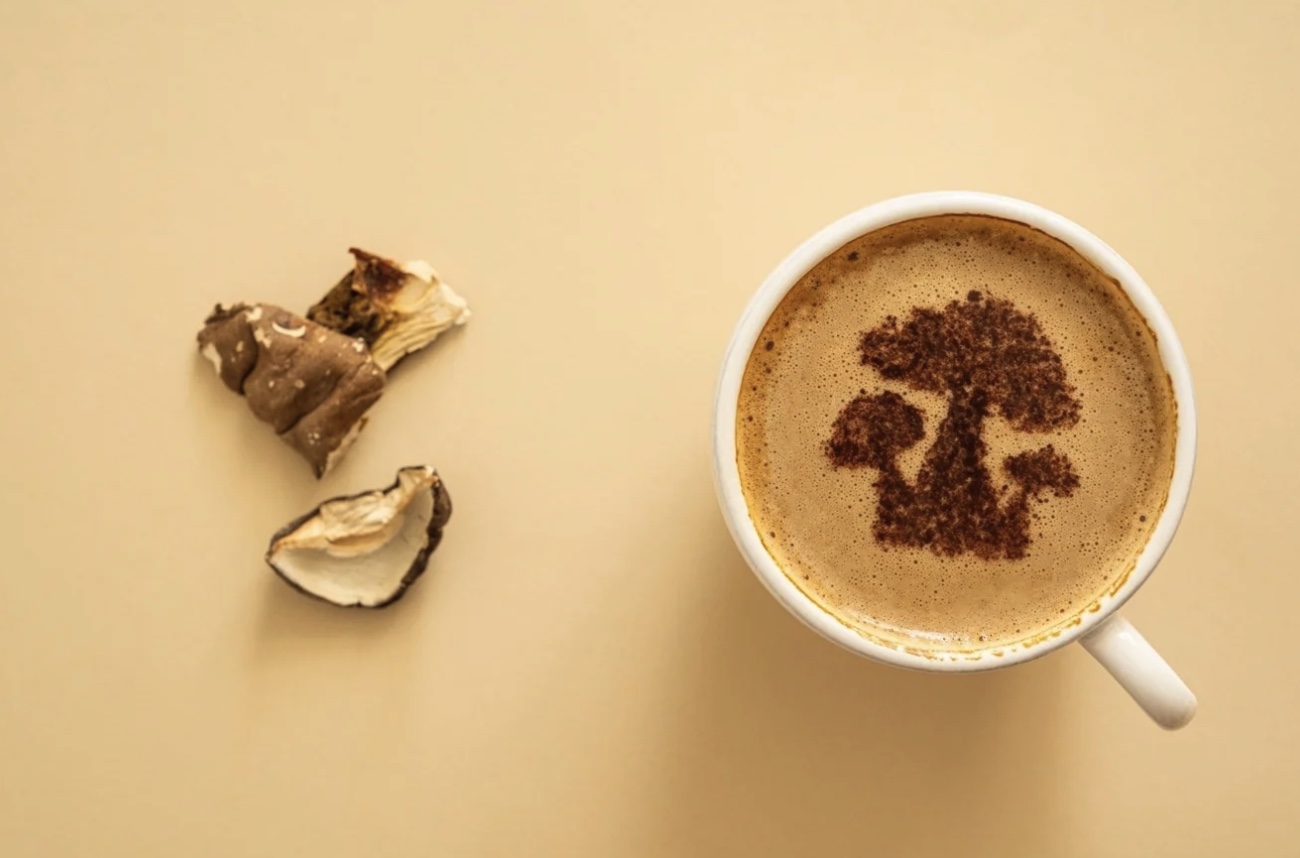
How many days until the Southwest Funga Fest?
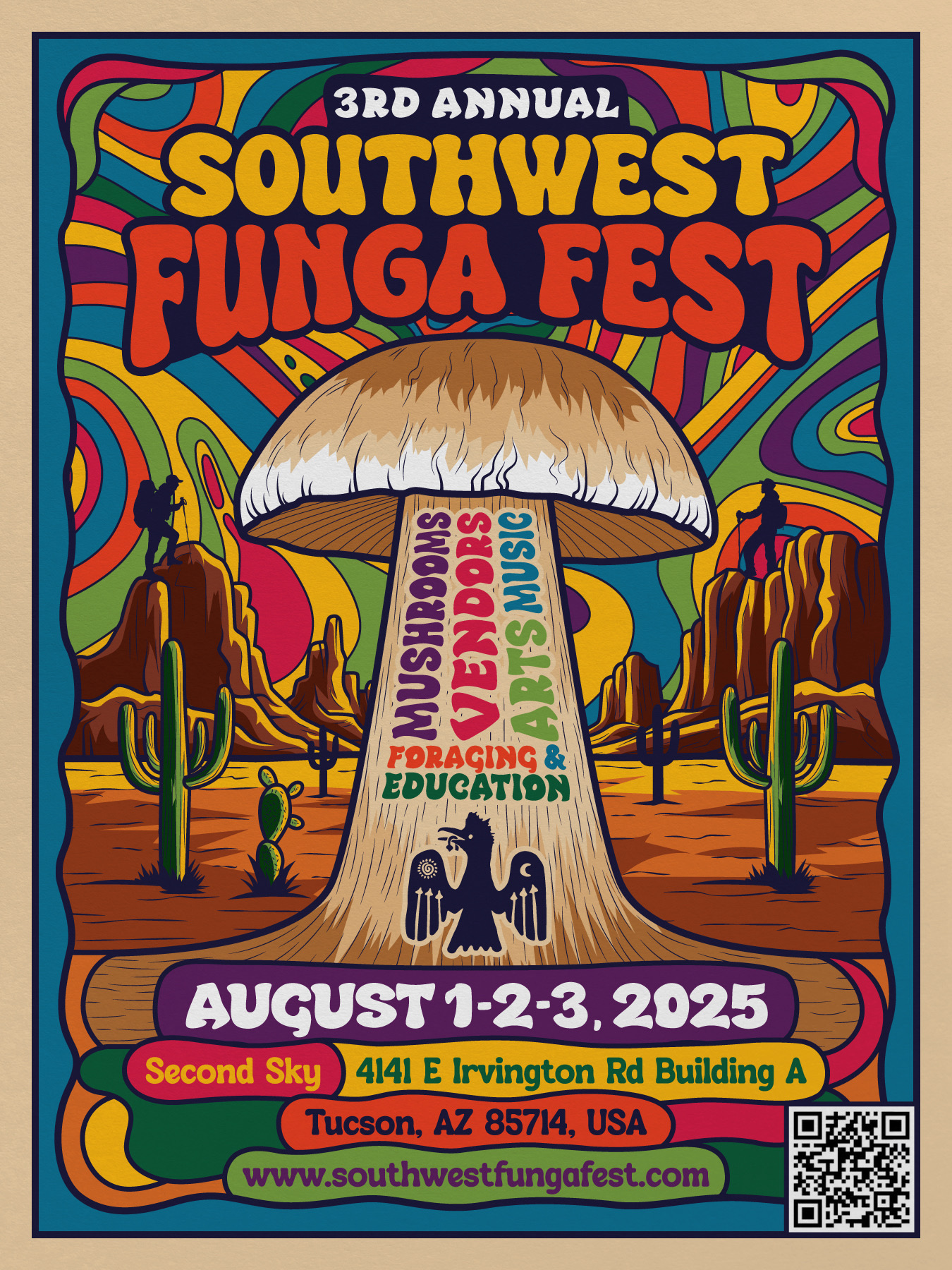
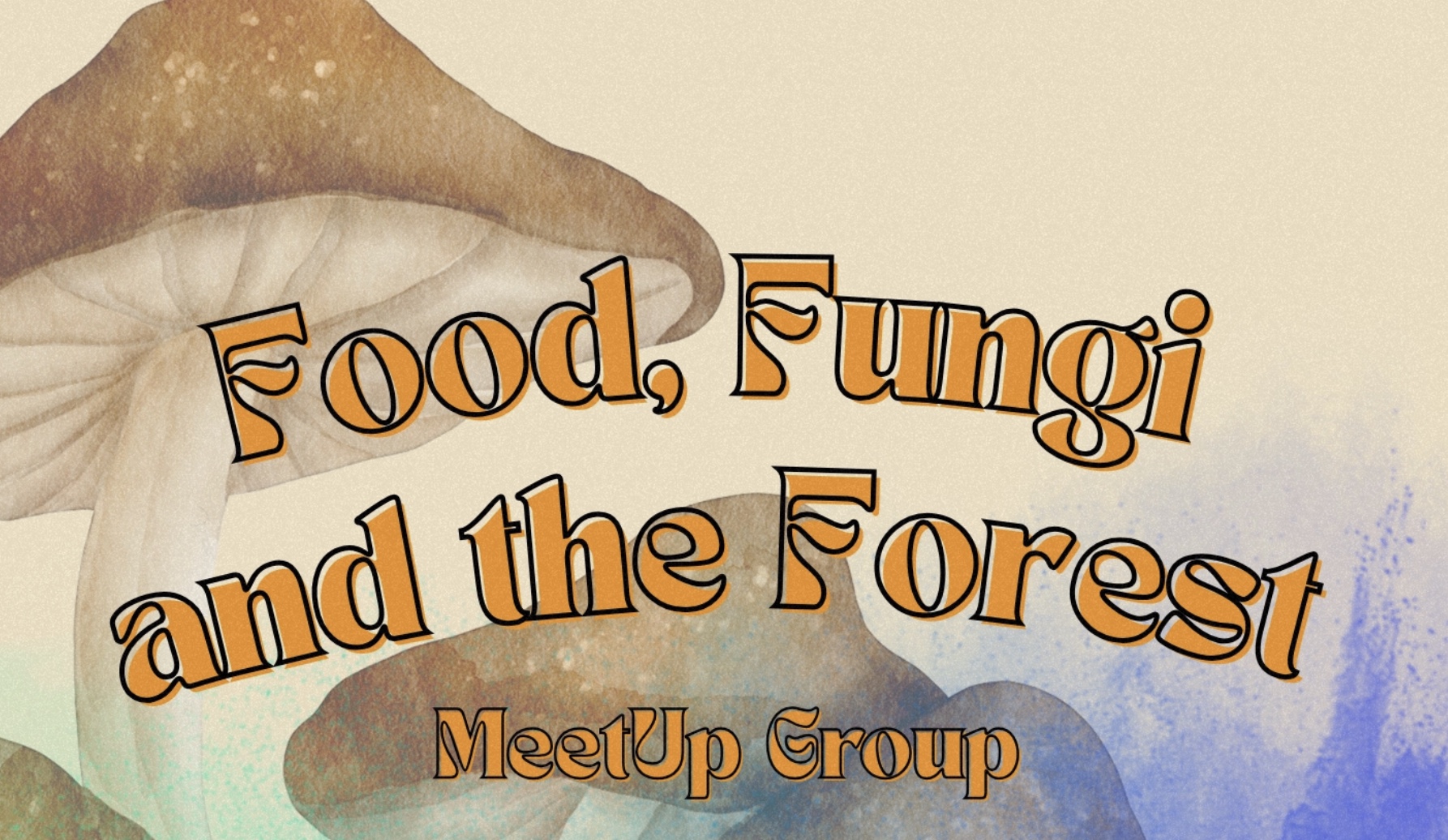
Notes for our 1ST Meetup Event of 2025 at Second Sky!
The Fungi Awakening: A Journey into Mushrooms, Sustainability & Second Sky!
Welcome & Introduction
Welcome friends—old and new! Tonight marks a joyful revival of the Food, Fungi and the Forest community in a new and inspiring home: Second Sky, an eco-conscious gathering space for regenerative culture and creative exchange.
We’re here not just to reconnect over a shared love of fungi, food, forest knowledge, and sustainability—but to spark new relationships and experiences rooted in curiosity, resilience, and reciprocity. Whether you’re a seasoned mycophile or just curious about mushrooms, plants, and ecological living, you belong here.
-
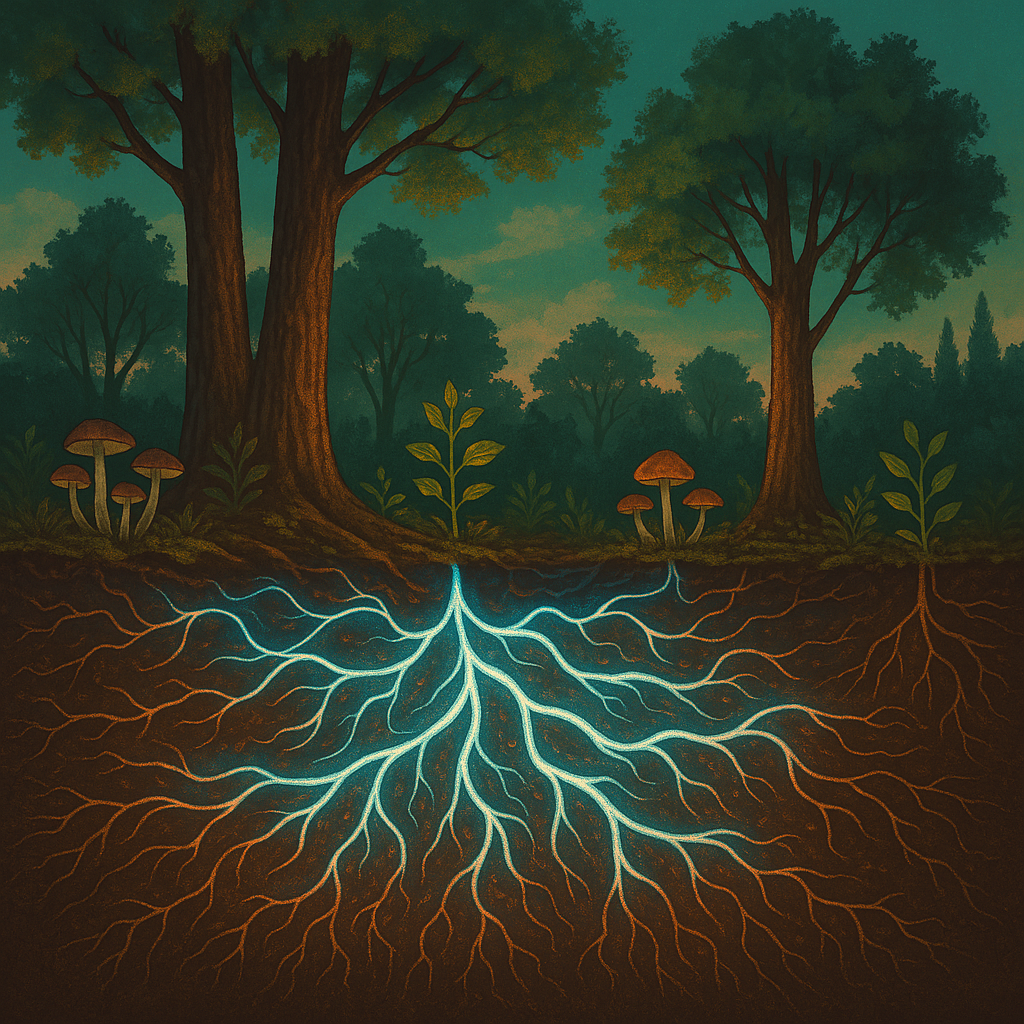
🍄 1. Fungal Fundamentals: Learning from the Mycelial World
Our evening begins with a gentle dive into the world beneath our feet.
What is mycelium and why is it one of the most important organisms on Earth?
Mycelium is the underground network of thread-like cells called hyphae that make up the primary body of a fungus. While the fruiting body (like a mushroom cap) is the reproductive structure we usually see, it’s just a small part of the organism. Think of it like the apple on an apple tree—mycelium is the tree.
Mycelium acts as nature’s internet—a vast, living, intelligent web beneath our feet that can stretch for miles. It connects trees and plants in what’s called the Wood Wide Web, transferring nutrients, water, and even chemical signals across species. This mutual aid network allows forests to thrive, supporting both young saplings and aging giants (Simard, 2021).
Takeaway: Without mycelium, forests would collapse. It enables ecosystems to regenerate, decompose organic matter, and regulate life cycles on Earth. Fostering soil health means fostering mycelium—so think before you till, and say yes to leaf litter!
📚 Reference:
-
Simard, Suzanne. Finding the Mother Tree: Discovering the Wisdom of the Forest. Knopf, 2021.
-
Stamets, Paul. Mycelium Running: How Mushrooms Can Help Save the World. Ten Speed Press, 2005.
How does fungi recycle nutrients, form symbiotic relationships with plants (like mycorrhizal fungi), and even break down toxins.
Fungi are nature’s decomposers, breaking down complex organic materials like cellulose and lignin that animals and bacteria can’t. Without them, dead trees, fallen leaves, and animal waste would pile up endlessly. Through enzymatic action, fungi return these nutrients to the soil, enriching it for new growth.
In addition, around 90% of plant species form mycorrhizal partnerships with fungi. The fungi extend the plant’s root system, improving water and nutrient uptake (especially phosphorus), while the plant shares sugars made through photosynthesis. These symbiotic relationships are essential for healthy plants, resilient ecosystems, and sustainable agriculture.
Fungi can also perform mycoremediation—breaking down environmental toxins such as petroleum, pesticides, and heavy metals. For example, Pleurotus ostreatus (oyster mushrooms) has been shown to break down hydrocarbons in oil spills (Harms et al., 2011).
Takeaway: When we compost, mulch, or plant companion species that support fungal networks, we’re aligning with the regenerative cycles fungi excel at. They’re the great recyclers—and healers—of the planet.
📚 Reference:
-
Harms, H., Schlosser, D., & Wick, L. Y. (2011). Untapped potential: exploiting fungi in bioremediation of hazardous chemicals. Nature Reviews Microbiology, 9(3), 177–192.
We'll explore the fascinating overlap between culinary, medicinal, and ecological mushrooms—including a brief overview of how to start foraging, growing, or cooking with fungi responsibly.
Mushrooms are not only delicious—they’re nutritional powerhouses and bioactive marvels. Edible mushrooms like shiitake, maitake, and oyster are packed with protein, fiber, B vitamins, and immune-boosting beta-glucans. Others, such as reishi (Ganoderma lucidum) and lion’s mane (Hericium erinaceus), have long been used in traditional Chinese medicine for supporting cognitive health, immunity, and longevity.
Ecologically, fungi improve soil fertility, support plant life, and sequester carbon. Learning to forage or grow your own mushrooms fosters deeper ecological literacy and self-reliance.
Starting points:
-
Foraging: Begin with easy-to-identify species like chanterelles, morels, or turkey tail. Use local field guides and go with a knowledgeable guide. Never forage without 100% certainty of ID—mistakes can be fatal.
-
Growing: Start with mushroom kits or logs for shiitake or oyster. Indoor growing with ready-to-inoculate blocks is great for beginners.
-
Cooking: Always cook wild mushrooms; even edible ones can be tough or mildly toxic raw. Sauté, roast, or dry and powder them for soups and teas.
Takeaway: Responsible fungi use begins with respect—for the ecosystem, for your body, and for indigenous knowledge systems that have long honored mushrooms as food, medicine, and spiritual allies.
📚 Resources:
-
Hobbs, Christopher. Medicinal Mushrooms: The Essential Guide. Storey Publishing, 2020.
-
Arora, David. All That the Rain Promises and More. Ten Speed Press, 1991.
-
Radical Mycology Collective. Radical Mycology: A Treatise on Seeing and Working with Fungi, 2016.
Look forward to hands-on displays and fungal samples for up-close observation.
-
-
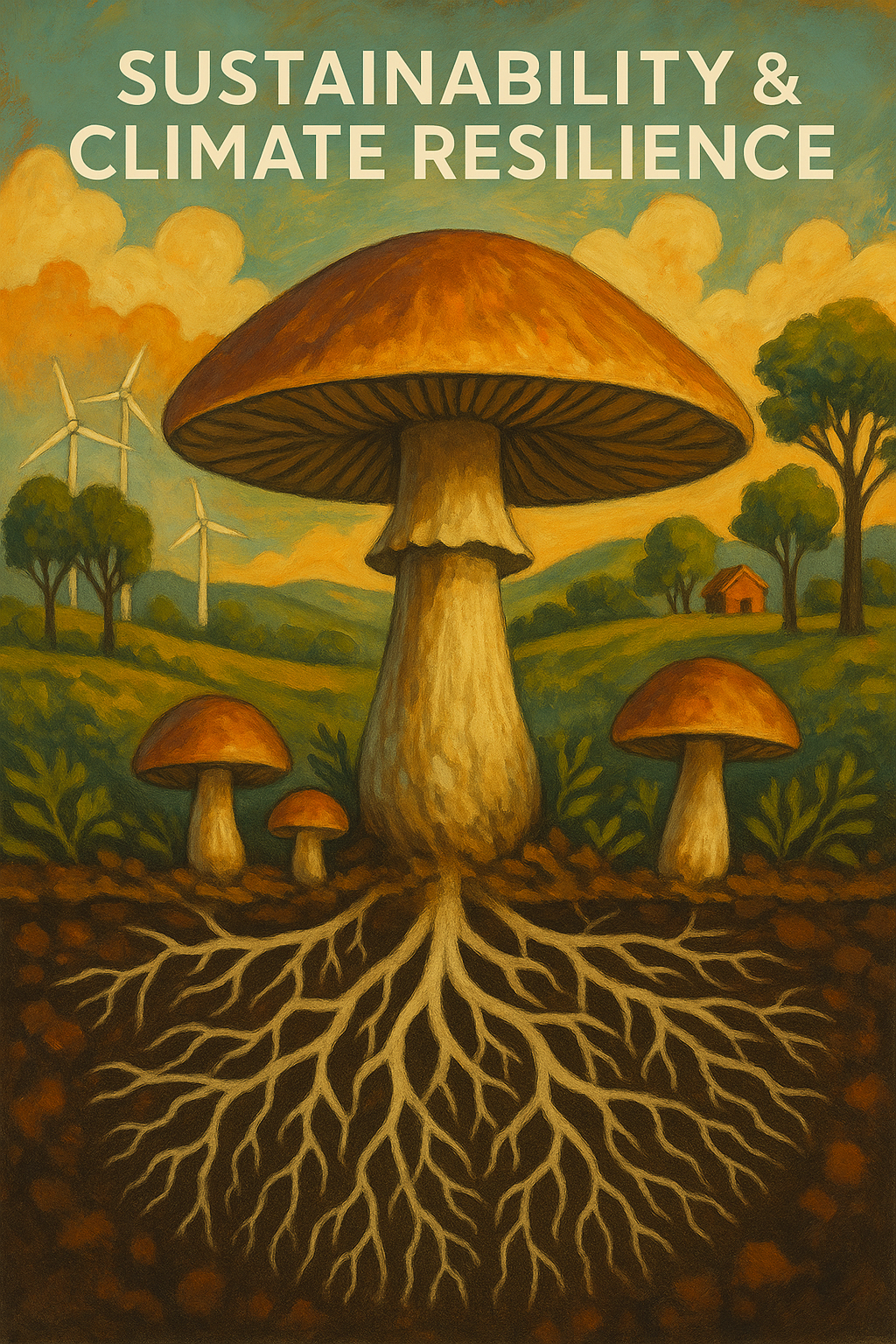
🌍 2. Sustainability & Climate Resilience
This section focuses on community-based, fungi-informed strategies for a more livable world.
How can mushroom cultivation play a role in waste reduction, soil health, and permaculture?
Mushroom cultivation is a powerful example of circular design in action. Many gourmet and medicinal mushrooms—like oyster (Pleurotus ostreatus), lion’s mane (Hericium erinaceus), and shiitake (Lentinula edodes)—can be grown on materials typically treated as waste: straw, coffee grounds, corn husks, sawdust, and even cardboard. This process diverts organic material from landfills and reduces methane emissions, a major contributor to climate change.
After harvesting, the leftover mycelium-rich substrate—known as spent mushroom substrate (SMS)—can be added to gardens or farms. It improves soil tilth, boosts microbial life, and retains moisture, which is especially valuable in arid ecosystems like the Sonoran Desert. In permaculture systems, mushrooms can be integrated into compost piles, food forests, and hugelkultur beds, supporting plant health naturally without synthetic inputs.
Takeaway: You can grow mushrooms at home or in your garden using local waste streams and then return those nutrients to the soil. It’s a low-tech, high-benefit practice that empowers food independence and ecological restoration.
📚 References:
-
Stamets, P. (2005). Mycelium Running: How Mushrooms Can Help Save the World
-
Ghosh, R. (2020). “Sustainable Use of Agro-Waste for Mushroom Cultivation and Organic Fertilizer Production,” Renewable Agriculture and Food Systems
Explore climate-smart food systems, water stewardship, and regenerative agriculture practices.
Climate-smart food systems aim to increase agricultural productivity and resilience while reducing greenhouse gas emissions. Fungi are uniquely positioned to support these goals. Cultivating mushrooms requires minimal water, no synthetic fertilizer, and very little land compared to conventional crops. This makes them an ideal food source in regions facing water scarcity and soil degradation.
Moreover, mycelium acts as a natural water sponge—its dense, fibrous network holds water in the soil, slows erosion, and promotes infiltration. When integrated into regenerative agriculture techniques like no-till farming, polycultures, and agroforestry, fungi help build long-term soil carbon stores and nutrient cycling, mitigating climate impacts while enhancing food security.
Takeaway: Whether you’re growing mushrooms, using compost teas with fungal spores, or simply preserving fungal life in your garden soil, you’re contributing to a climate-adaptive food system that can nourish both people and planet.
📚 References:
-
FAO. (2013). Climate-Smart Agriculture Sourcebook
-
Jones, Christine. (2010). “Soil Carbon Sequestration and Fungi in Regenerative Agriculture,” Journal of Soil and Water Conservation
-
Cheung, P. (2013). “Mushroom as Functional Food in Sustainable Diets,” International Journal of Food Sciences and Nutrition
Hear about local and global efforts that center Indigenous knowledge and land-based wisdom.
Long before “climate resilience” became a buzzword, Indigenous communities across the world had already been practicing it through reciprocal relationships with land, water, fungi, and forests. In many cultures, fungi hold spiritual, medicinal, and ecological significance—seen not just as food or tools, but as kin. For example:
-
The Mazatec people of Oaxaca use Psilocybe mushrooms in sacred healing ceremonies.
-
Siberian and Sámi cultures historically used Amanita muscaria in ritual and shamanic contexts.
-
Pacific Northwest Coast tribes integrated bracket fungi into tool-making, fire-starting, and storytelling.
-
Closer to home, Indigenous desert-dwelling groups like the Tohono O’odham and Yaqui rely on a seasonal ecological calendar that includes fungi, seeds, and rains—an adaptive model for resilience in arid lands.
Today, Indigenous leaders are reclaiming land-based knowledge systems through food sovereignty projects, native seed saving, forest restoration, and cultural mycology education. Supporting these efforts means respecting Indigenous sovereignty, learning with humility, and centering community voice in sustainability conversations.
Takeaway: Regenerative solutions already exist in Indigenous knowledge. We must listen, support, and co-steward responsibly—not as extractors of wisdom, but as allies in restoration.
📚 References:
-
Kimmerer, R.W. (2013). Braiding Sweetgrass: Indigenous Wisdom, Scientific Knowledge, and the Teachings of Plants
-
Whyte, Kyle Powys. (2017). “Indigenous Climate Change Studies,” Climatic Change, 120(3)
-
Native American Food Sovereignty Alliance (https://nativefoodalliance.org)
-
-
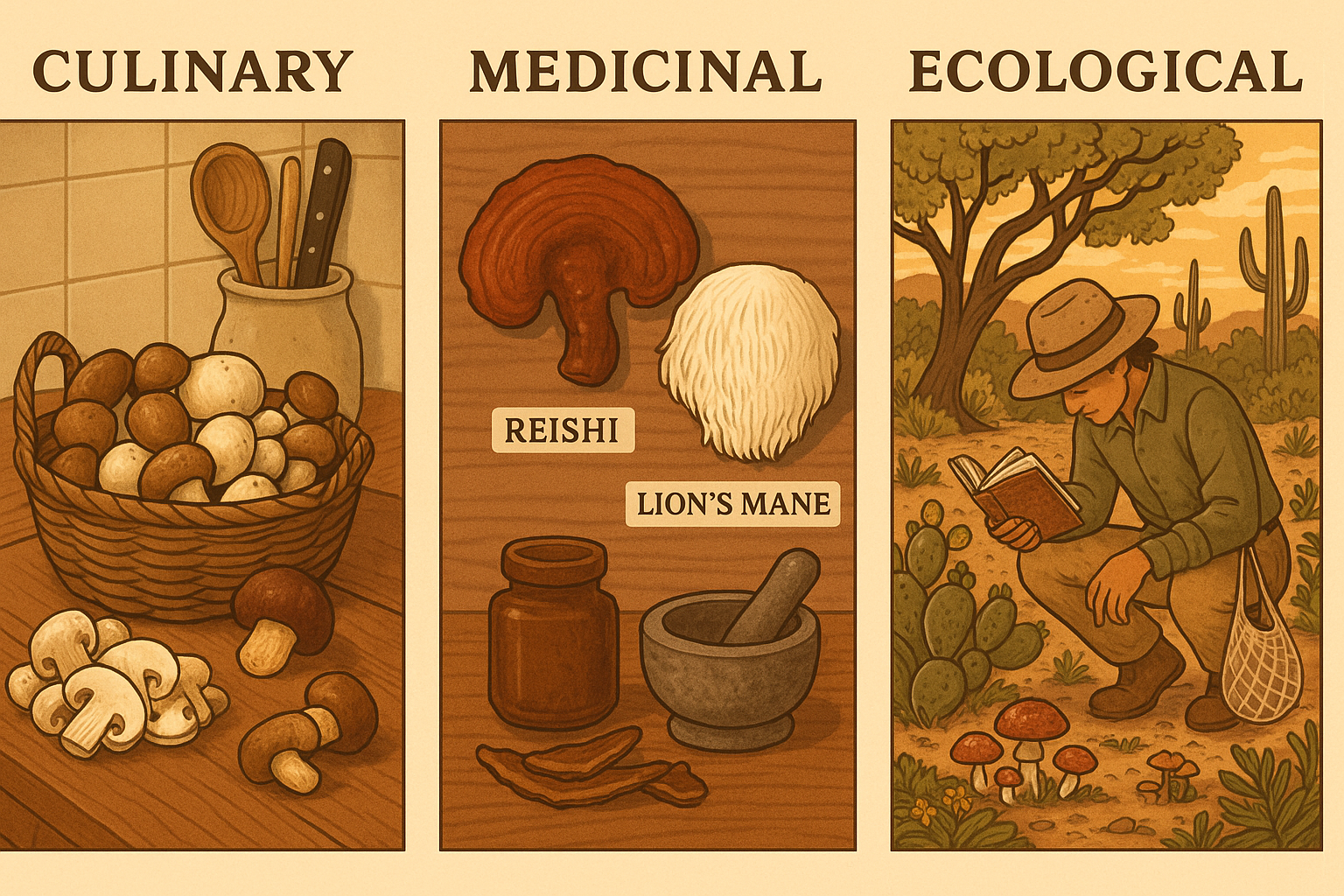
🍽️ 3. Culinary, Medicinal, and Ecological Mushrooms—And How to Start Foraging or Growing Them Responsibly
Mushrooms are more than just food—they are medicine, teachers, and keystones in ecosystems.
-
Culinary mushrooms like shiitake (Lentinula edodes), lion’s mane (Hericium erinaceus), and maitake (Grifola frondosa) are not only delicious but also rich in protein, fiber, and bioactive compounds.
-
Medicinal mushrooms have been used for centuries in Eastern and Indigenous medicine traditions. Reishi (Ganoderma lucidum) is known for its immune-modulating effects, while turkey tail (Trametes versicolor) is researched for its anti-cancer properties (see NIH trials and studies).
-
Ecological mushrooms such as wood-decomposers or dung-loving fungi are critical to habitat restoration and composting systems.
Foraging responsibly starts with education:
-
Only harvest mushrooms you can 100% positively identify using field guides or apps like iNaturalist or Mushroom Observer.
-
Never take more than you need. Follow the “leave no trace” ethos and harvest in a way that respects the habitat.
-
Join a local mycology group for guided walks and ID training.
Home growing is easier than ever with beginner kits (like oyster or lion’s mane grow blocks) or spore syringes and grain spawn for more advanced cultivation.
Takeaway: Mushrooms nourish the body, mind, and planet. With a little care and knowledge, you can safely explore their incredible diversity and gifts.
References:
-
Hobbs, C. (2020). Medicinal Mushrooms: The Essential Guide.
-
National Institutes of Health (NIH): Studies on Trametes versicolor in cancer patients.
-
Field guides: Mushrooms Demystified by David Arora.
-
-

4. Introduction to Second Sky
We’re honored to gather in the beautiful space of Second Sky—a community sanctuary in the desert.
The vision and values behind Second Sky
The land and facilities: indoor spaces, garden areas, learning zones
Get involved through events, residencies, volunteering, and creative offerings
-
🎁 5. Surprises & Special Offerings
You never know what might pop up like mushrooms after the rain…
- Raffle prizes and gift giveaways
- A special treat or tasting
- A brief storytelling moment or nature-based reflection
- Maybe even a pop-up art installation or mini plant swap—who knows?
...because surprises are part of the magic of mycelial life. - Raffle prizes and gift giveaways
-
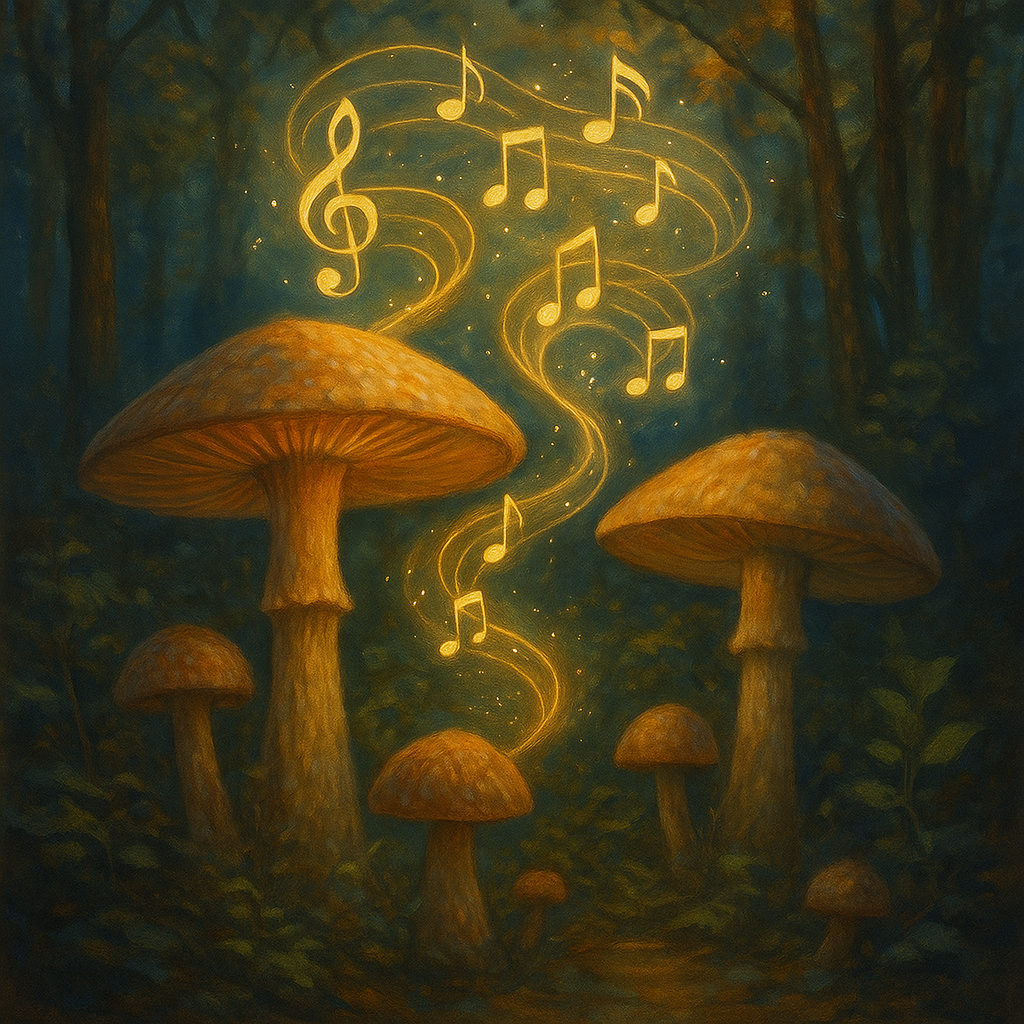
🎶 6. Special Performance: Mushroom Music
This ambient soundscape performance is not only a sonic experience—it’s a poetic reminder that everything is connected, and the forest is always speaking. -
🌟 Closing Thoughts
We hope you leave tonight inspired, grounded, and more connected to this incredible web of life. This is only the beginning—more events, workshops, and myco-magic are on the way. Let’s keep growing, together.
COMING IN AUGUST:
Read more …Food Fungi and the Forest Meetup
- Hits: 1555

